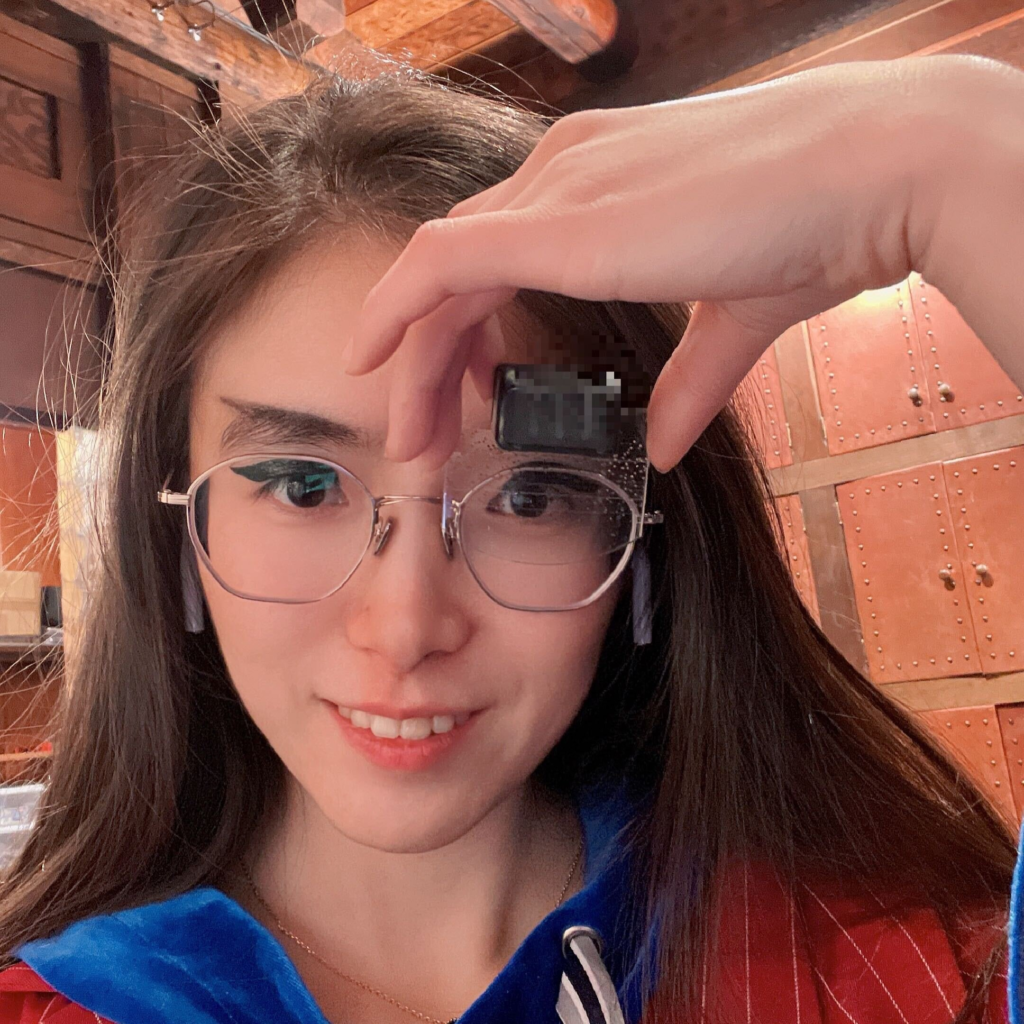
Not long ago, augmented reality (AR) sounded like something straight out of a sci-fi novel. Today, the rapidly-evolving technology is beginning to change the way many industries function, and healthcare is one of the very promising areas.
A doctor’s office a decade in the future could look very different from a doctor’s office of the present; as AR and virtual reality tools develop, they will fundamentally elevate the quality and convenience of healthcare options for all segments of the population, and the level of healthcare providers can offer and patients can receive.
There’s already a strong case to be made for adding wearable AR devices to healthcare offices, dissolving barriers to treatment while ensuring more efficient and effective patient care. There are four high-value ways existing healthcare procedures and treatments can provide a wealth of benefits with wearable AR for patients and providers:
Medical Imaging
Medtech startups are already implementing AR technology into tools that make nurses’ and patients’ lives easier by streamlining one key – and often-dreaded – medical procedure: blood draws. AR glasses can highlight a patient’s vein system, thus helping a phlebotomist see the best place to prick a patient. For many patients, this will mean a blood draw can be completed quickly and painlessly, as the phlebotomist will no longer have to search too long for a vein prominent enough to produce a sample.
AR glasses can also be used to enhance CT or MRI data visualization during pre-operative planning before surgeries or other procedures. Using AR in this instance can enable surgeons and their teams to better plan delicate operations such as the removal of tumors or obstructions, which is especially important in scenarios where other bodily structures could complicate removal. Even before performing surgery, healthcare providers can use this imaging to describe to patients what will happen during their surgical procedures.
Physical Therapy Feedback
Augmented reality also has applications within the context of physical therapy. For patients who visit an office in person and move through exercises in real-time with the help of a therapist, both patient and practitioner can receive real-time feedback on how the patient’s bodily systems move through different exercises and respond to different stimuli. Therapists can adjust their patient’s stances, movements, and health plans in real time based on that feedback.
For patients who take physical therapy appointments at home, who aren’t as mobile, or who do exercises on their own time between appointments, AR glasses can support video conferencing with physical therapists. Even when the physical therapist is watching their patient through a screen, they can – thanks to AR – offer real-time feedback on the patient’s movements and correct their exercises as needed, without ever having to leave the office.
Medical Education
Practitioners spend immense amounts of time and energy furthering their education and ensuring they’re abreast of the latest research and new technologies. Doctors can leverage AR programs to learn about new therapies and drugs, and can even observe how new developments can impact the human body. As a result, patients can enjoy accelerated diagnoses and novel care options that could enhance their quality of life and perhaps even save lives.
Three-dimensional AR models of the human body that can be explored at a 1:1 scale offer medical professionals the opportunity to practice diagnoses and even entire operations before ever touching a patient. This vital training enhances their skills and, as a result, elevates the likelihood of positive health outcomes for the public.
Streamlined Doctor-Patient Feedback
We live in a globalized world, and while there are many benefits, language barriers in healthcare settings are still a challenge. Healthcare providers sitting down for an audio or video call with someone who typically needs a translator can instead slip on a pair of AR glasses. The glasses can capture the words of the person speaking and translate them into writing behind the lenses – like live subtitles. The healthcare provider and patient can both read what’s being spoken about in the language they’re the most comfortable speaking.
This also has applications for in-person scenarios. When time is of the essence and a translator can’t get to the emergency or operating room fast enough, healthcare providers can slip on AR glasses and ensure they’re providing adequate, accurate information to their patients in real-time, in the languages, both people understand best. As a result, the quality of their care doesn’t suffer, and practitioners can properly interface with patients according to their needs.
Looking Ahead
Right now, healthcare providers are using AR to simplify clinical practices, ensure patient comfort and preparation, and maintain clear, concise communication. Augmented reality tools present incredibly valuable opportunities for healthcare professionals, payers, and patients to make the most of emerging technology to maintain quality of life and care practices alike – and, as more wearable AR devices are developed, there will arise even more possibilities
About Kelly Peng
Kelly Peng is the CEO and chief technology officer of Kura Technologies, which makes augmented reality glasses that achieve 135-degree field view and long-wear comfort. Kelly is a Forbes 30-Under-30 honoree, inventor, engineer, and entrepreneur.

